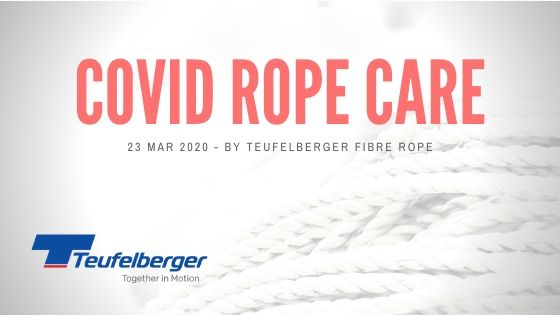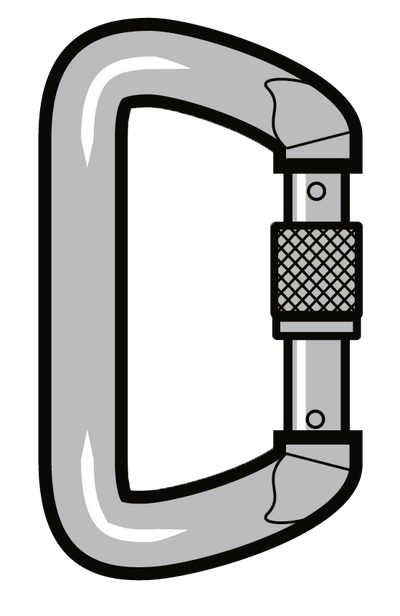Head to Head: Petzl Vertex Best vs. PMI Advantage Helmets
Welcome to the Head-to-Head series where we take two products and see how they hold up against each other.
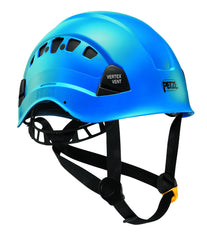 VERSUS
VERSUS 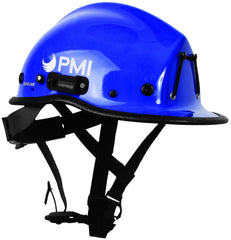
This episode features two great helmet options for rescuers: the Vertex Best by Petzl, and the Advantage helmet by PMI. There's no doubt that both of these helmets are excellent options and are used by a wide variety of rescue teams; from SAR to Fire Departments to Industrial Tower Crane workers, but what sets these helmets apart and, given your line of work, what makes one better than the other for you?
The first thing to point out are the differences in certification between these two helmets. The Vertex Best helmet was the first CSA approved rescue helmet in Canada and continues to carry that rating, while the Advantage does not. However, the Advantage carries the NFPA 1951 certification for Standards on Protective Ensembles for Technical Rescue Incidents, as endorsed by UL. Both helmets also carry the ANSI Z89.1 Type 1 Class G rating. What does all this mean to the worker? Well, I can only speak to the context here in British Columbia but, according to WorkSafeBC, so long as a helmet meets the qualifications of at least CSA or ANSI Z89.1, the helmet is completely acceptable for the worksite. It's also worth pointing out that the new Vertex Vent style of helmet by Petzl carries the ANSI stamp, unlike the older model (the Vertex 2 Vent) which did not. The new Vent has shutters on the vent slots which allow it to meet the regulation while still providing the ventilation needed in very hot environments.
From a physical standpoint, one of the big differences between the two helmets is the brim. The Advantage helmet has a much more pronounced brim on the front - a great consideration if you're working outside in the elements where rain or spray are a factor. On the other hand, the slimmer profile of the Vertex helmets offers superior visibility, especially when trying to look directly upwards. Similarly, in confined space situations, the smaller brim is one less thing to get snagged and cause your helmet to get jarred but the lower profile can require some adjustments to work well with respiratory masks and communication systems. Depending on what kind of work you're doing, one style will likely be preferred over the other.
Looking at the construction of the helmets we see some differences as well. The Vertex helmets, which are manufactured by Petzl in France, have a shell made entirely from a plastic. The PMI Advantage helmets are made from kevlar. Do you really care? Probably not - they both protect your head! Interestingly, the Advantage helmet is actually manufactured by Pacific Helmets in New Zealand. If you check out the Pacific website, you'll probably recognize a few other helmet styles in there! I should mention that the Vertex series of helmets are designed to fit center to the head and have 6-point adjustable head suspension. Conversely, the Advantage helmet has the brim as mentioned (ie: non-center fit) and employs a 3-point head suspension with an adjustable strap around the inside of the helmet. PMI also offers the Kiwi USAR model which is very similar to the Advantage with the addition of an interior polyurethane foam padding (for improved impact resistance), and several more dollars to the price tag.
One other element to consider with these helmets are the compatibility with other PPE pieces like hearing and eye protection. Looking at the Advantage you'll find that it has straps built into the front face of the helmet to secure any style of headlamp that has an elastic or rubber band. The Advantage is also custom built to mount ESS goggles and has slots on both sides to attach ear muffs. In contrast, the Vertex series is built to preferentially attach Petzl products with custom-built slots for headlamps (VISIR or Ultra VARIO) and any of the eye protection VISIR series. Like the Advantage it has side slots for hearing protection, and does have clips on the side to hold an elastic or rubber band on any headlamp style (the slots for the two Petzl headlamps allow you to attach them without the headbands).
For sizing, both are almost identical. The Petzl Vertex is advertised as fitting head circumferences of 53-63 cms while the Advantage is listed at 52-64 cms. By weight, the Vertex is lighter at 455 grams compared to 567 grams for the Advantage. While the weight difference isn't huge, it is still something we find people mention, and you might want to consider that factor, especially if you will be wearing your helmet continuously for long periods.
Lastly, is price. Unfortunately for PMI, the Petzl Vertex helmets are the clear winner here. At only $145, the Vertex Best is $80 cheaper than the $225 PMI Advantage. (insert your best pun here about this not being an advantage...)
Regardless of whether you chose to work with the Vertex or Advantage, you can be sure you're well protected with some of the best equipment in the industry. Having a comfortable fit is extremely important so if you have the chance to try them both on, take it. Or swing by our office to see them both in action.
Stay safe,
- The Dynamic Rescue Team
Also in Blog
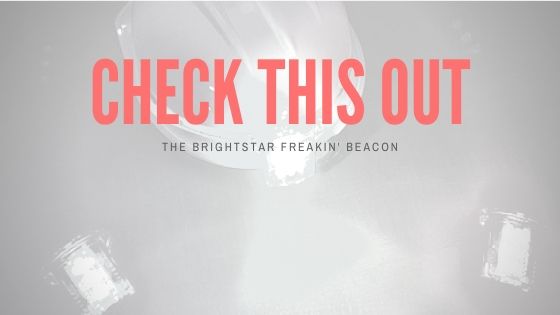
Check This Out - Freakin' Beacon
The "Freakin' Beacon"
User feedback was the driving force behind this design, Koehler BrightStar tells us, and it was important to have a product that was lightweight, durable and bright.
Weighing in at just 97 grams (yes, that includes 2x AAA batteries) and less than 7cm long, this unit is amazingly powerful for its small size.
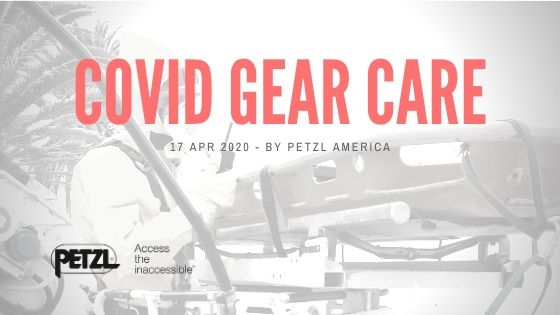
RECOMMENDATIONS FOR DISINFECTING YOUR EQUIPMENT - Petzl
During the current COVID-19 crisis, many of you have sent us questions on how to disinfect your equipment. Here are the basics that you need to know.
